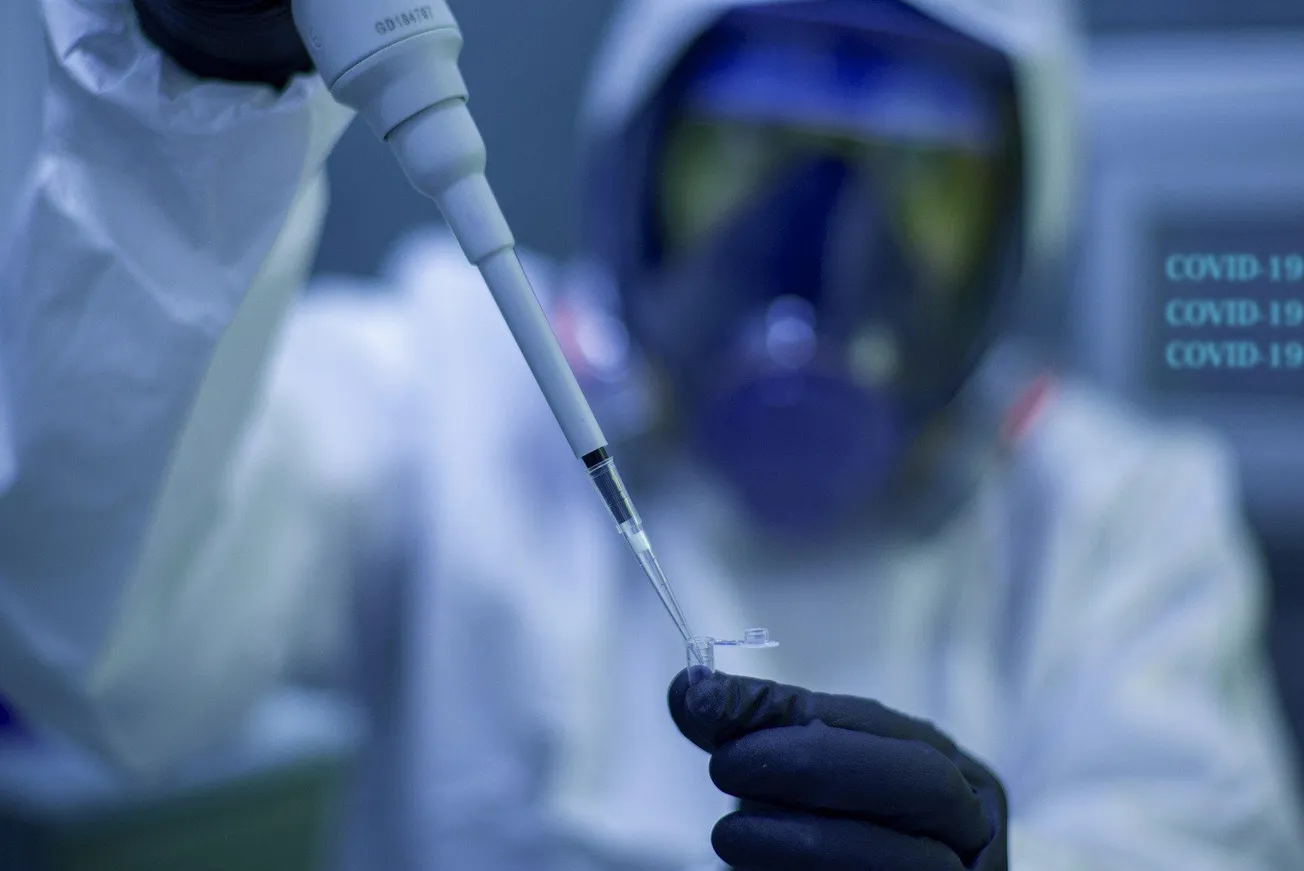As of January 13, the U.S. has distributed more than 29.4 million vaccine doses, and vaccinated at least 10.8 million people — so, at least 37% of the available vaccines have been inserted into arms. Health and Human Services Secretary Alex Azar addressed some of the gap at Tuesday’s Operation Warp Speed press conference: Some comes from problems with under-reporting (states moving from a normal monthly data reporting process to the new, required 72-hour regime; data connectivity problems in some places; pharmacies not reporting) and some states were being “overly prescriptive.” That is, Azar explained, when healthcare workers balked at taking the vaccine, as many reportedly did, the states should have been flexible enough to move on to other groups. And some states had already done this. For example, Colorado began vaccinating those over 70 years old; other places, over 75 — but others simply sat on the vaccine supply, fixated on the healthcare worker category.
However, Dr. Amesh Adalja, a Pittsburgh-based epidemiologist, gave an interview which, importantly, addressed a key, undiscussed factor: In some places, notably California, the hospital network is under heavy siege. While the overworked staff is willing to be vaccinated, the logistics are already terribly strained. Four examples were provided. The vaccines are under Emergency Use Authorization, so extra paperwork is required, unlike a regular flu shot. Personnel are needed to administer the process, and there’s no ready reserve. (Retired nurses are being called in to help.) After the shot, there are 15-minute waiting periods needed to check for any allergic reactions. Hospitals can’t afford to risk having their staff all have bad reactions at the same time, and so have to stagger the vaccinations.





